Introduction to Trailer Septic Tanks
When it comes to mobile waste management solutions, trailer septic tanks present a practical and efficient option for various applications—from construction sites to outdoor events. But a key question arises for potential buyers: how much are trailer septic tanks? This guide explores the intricacies of trailer septic tank costs, factors influencing pricing, installation, maintenance, and a comparison of various options available in the market. By providing detailed insights, we aim to help you navigate the purchase process effectively.
Understanding Trailer Septic Tanks

What is a Trailer Septic Tank?
A trailer septic tank is a portable waste storage system designed to collect, store, and treat wastewater generated from mobile facilities such as trailers, temporary job sites, and recreational vehicles (RVs). Typically made from heavy-duty materials like polyethylene, fiberglass, or steel, these tanks can range in size and capacity, making them versatile for various needs.
Key Benefits of Using Trailer Septic Tanks
- Mobility: Easily transportable, they cater to temporary installations or mobile events.
- Sanitation: Provides a viable solution for waste management in areas without sewage systems.
- Cost-Effectiveness: Reduces the need for permanent infrastructure, offering financial savings for short-term projects.
- Environmental Compliance: Many trailer septic systems are designed to adhere to local environmental regulations.
Factors Influencing the Cost of Trailer Septic Tanks
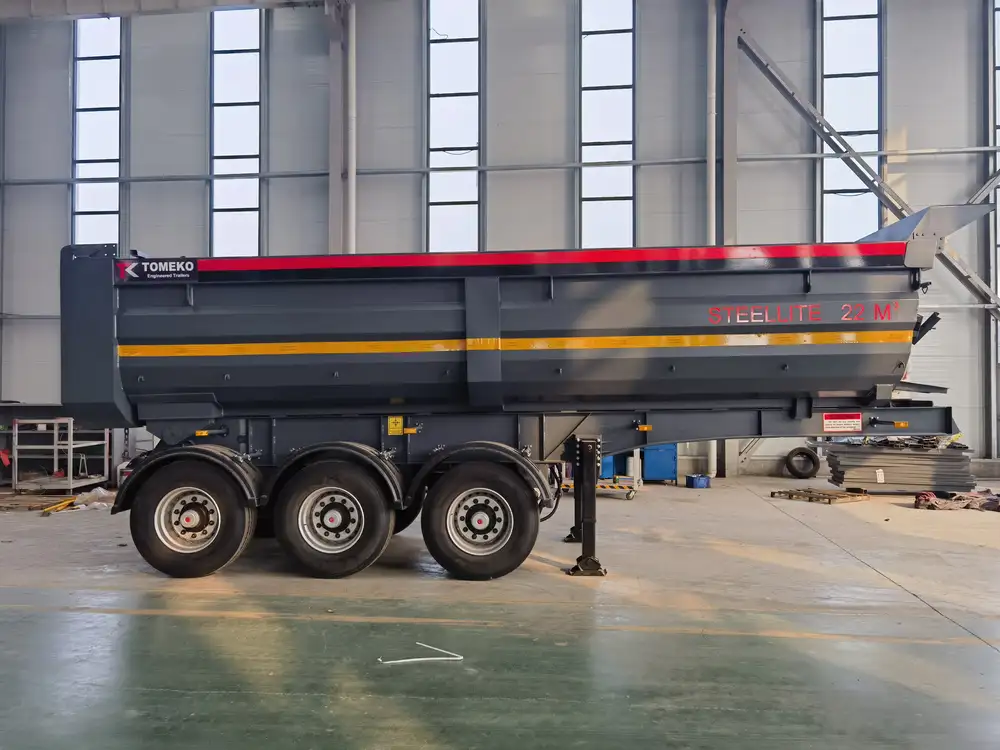
1. Tank Size and Capacity
The most significant determinant of cost is the tank’s size and capacity. Standard trailer septic tanks typically range from 50 to 1,000 gallons. Larger tanks naturally come with higher price tags. Here’s a breakdown of common sizes and their price ranges:
| Tank Size (Gallons) | Approximate Price Range |
|---|---|
| 50 – 100 | $800 – $1,200 |
| 200 – 500 | $1,500 – $3,000 |
| 750 – 1,000 | $3,500 – $6,000 |
2. Material Composition
The choice of material for a trailer septic tank impacts durability, maintenance, and ultimately, cost. Here are some common materials alongside their pros and cons:
| Material | Pros | Cons |
|---|---|---|
| Polyethylene | Lightweight, corrosion-resistant | Less durable than steel |
| Fiberglass | Strong, leak-proof | Can be costly to repair |
| Steel | Highly durable | Prone to rust without coating |
3. Design Features
Advanced features can add to the cost. Consider systems with built-in filters, monitoring systems, or unique pumping technologies. A high-tech design, while potentially more expensive upfront, may save on long-term maintenance and pumping costs.

4. Brand and Manufacturer Reputation
How much a trailer septic tank costs can also vary significantly across manufacturers. Well-known brands might charge a premium for their products, but these often come with enhanced warranties and quality assurances.
5. Local Regulations
Before purchase, it’s essential to check local regulations, as some areas may have stringent requirements affecting the overall budgeting for a trailer septic tank, including permits and approved installations.
Installation and Maintenance Costs
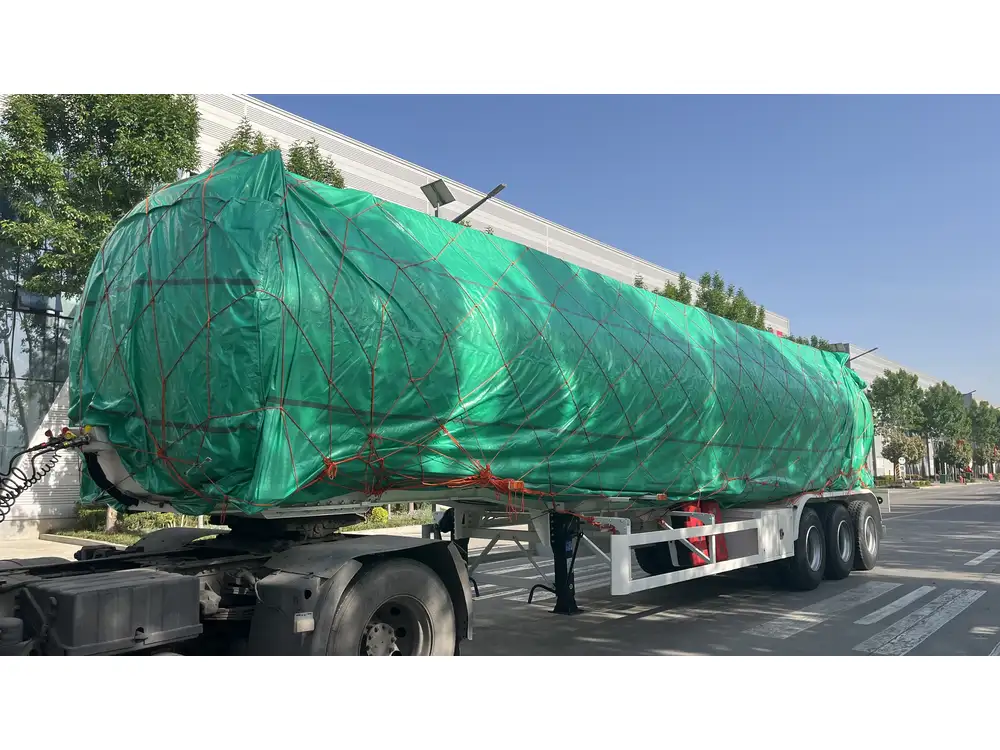
Installation Fees
Apart from the tank’s cost, installation adds another layer of expenses. The average installation cost can vary from $300 to $1,500 based on complexity and local labor rates. If an experienced professional installs the septic tank, the installation may include:
- Site Preparation: Clearing the area where the tank will be placed.
- Connection to Existing Systems: If applicable, connecting the tank to existing sewer or drainage systems.
- Permitting Fees: Often necessary, local municipalities may require permits that can add to costs.
Maintenance Expectations
Ongoing maintenance is crucial for the longevity and performance of your trailer septic tank. Regular pumping to remove sludge and maintaining filtration systems are recommended every one to three years. Maintenance costs can range from $150 to $500 per service.
Comparing Different Types of Trailer Septic Tanks
Not all trailer septic tanks are created equal. Below is a comparison of conventional tanks versus advanced solutions like composting toilet systems that can be used in conjunction with trailer setups.
| Type of Septic Tank | Initial Cost | Maintenance Frequency | Longevity |
|---|---|---|---|
| Conventional Septic Tank | $800 – $6,000 | Every 1 – 3 years | 15 – 20 years |
| Composting Toilets | $500 – $2,500 | Less frequent | Up to 30 years |
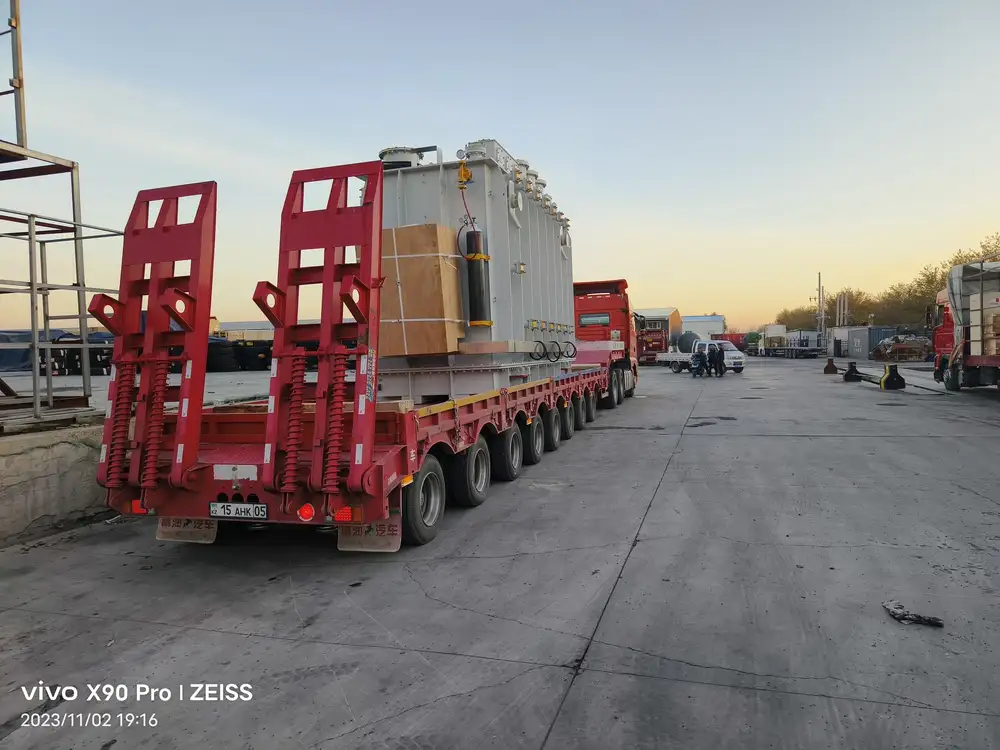
Advantages of Each System
- Conventional tanks are typically more suited for larger groups or intensive use but require regular maintenance.
- Composting toilets are sustainable, with low water usage and minimal maintenance, appealing for eco-conscious consumers.
Popular Brands and Models
Here’s a brief overview of some of the widely recognized trailer septic tank brands, their leading models, and average costs:
| Brand | Model | Capacity (Gallons) | Approximate Cost |
|---|---|---|---|
| EcoSafe | EcoTank 500 | 500 | $2,700 |
| Norweco | Singulair 250 | 250 | $1,800 |
| Advanced Treatment | ATU 500 | 500 | $3,000 |
Each of these brands offers specific advantages, instructional support, and customer service, which may be factors to consider when making your purchase.
Addressing Common User Concerns
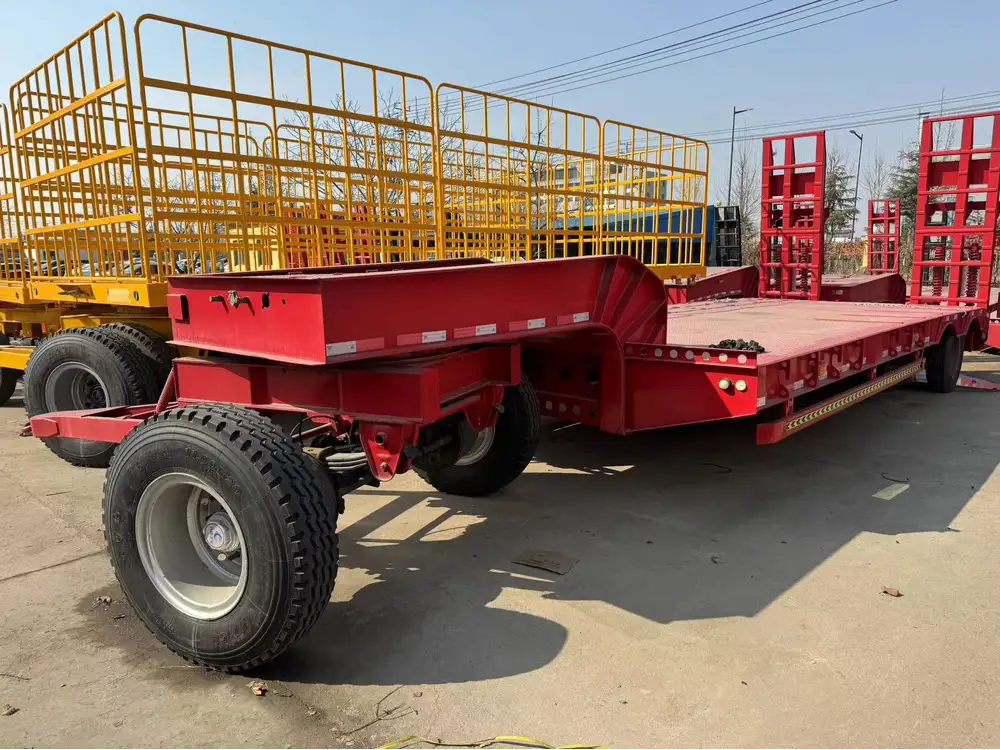
How Do I Choose the Right Size?
Choosing the appropriate size requires evaluating your wastewater generation needs. Consider factors such as:
- Number of Users: More users will create a higher wastewater load.
- Usage Frequency: Regular usage requires a larger tank compared to occasional use.
- Type of Activities: Activities that generate more waste, like large events, will also necessitate bigger tanks.
What Permits Do I Need?
Local health departments typically regulate septic systems. Before installation, check for necessary permits. Expect these considerations:
- Local zoning laws
- Environmental regulations
- Fees associated with obtaining permits
What Happens if I Don’t Maintain My Tank?
Failing to maintain your trailer septic tank can lead to:
- Backup Issues: Clogs and smells leading to uncomfortable situations.
- Expensive Repairs: Neglect can result in damage requiring costly repairs.
- Environmental Violations: Improperly managed tanks can lead to legal repercussions and fines.
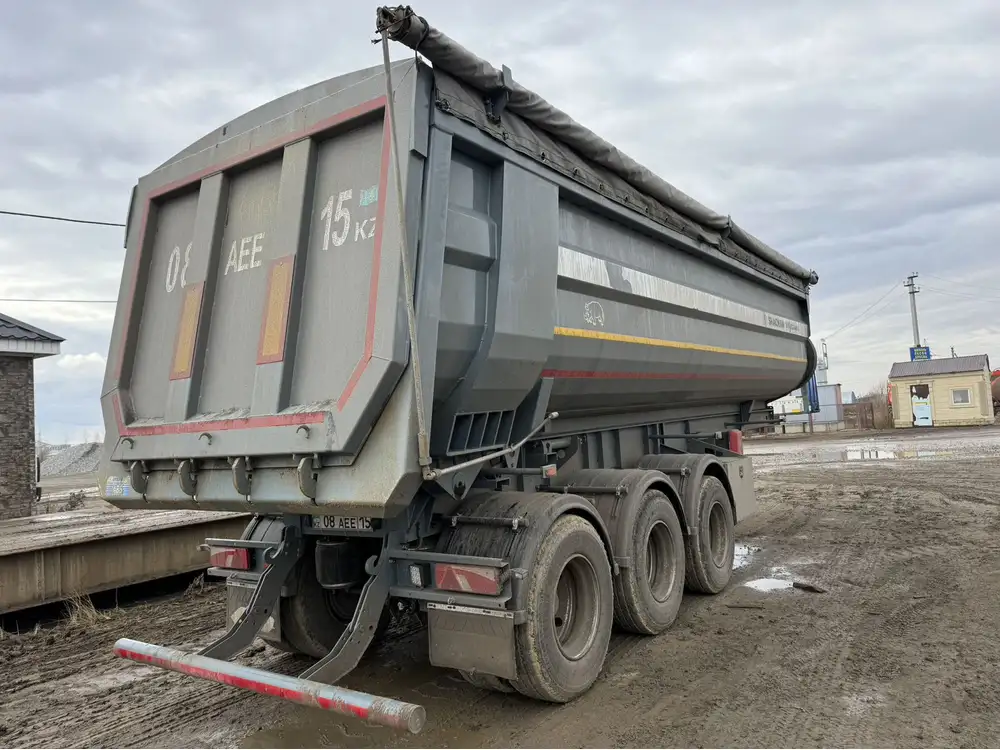
Conclusion: Making an Informed Decision
Understanding the costs associated with trailer septic tanks entails a multifaceted evaluation of size, materials, and additional factors like installation and maintenance. By considering the insights detailed in this guide, potential buyers can make informed decisions that align with their particular needs.
Investing in a trailer septic tank means committing to a sustainable waste management solution that enhances mobility while safeguarding environmental compliance. Now, equipped with this comprehensive knowledge, you’re ready to tackle your selection process. Whether for a construction site, an outdoor event, or any other application, the right trailer septic tank awaits, positioned to fulfill your waste management needs effectively.



